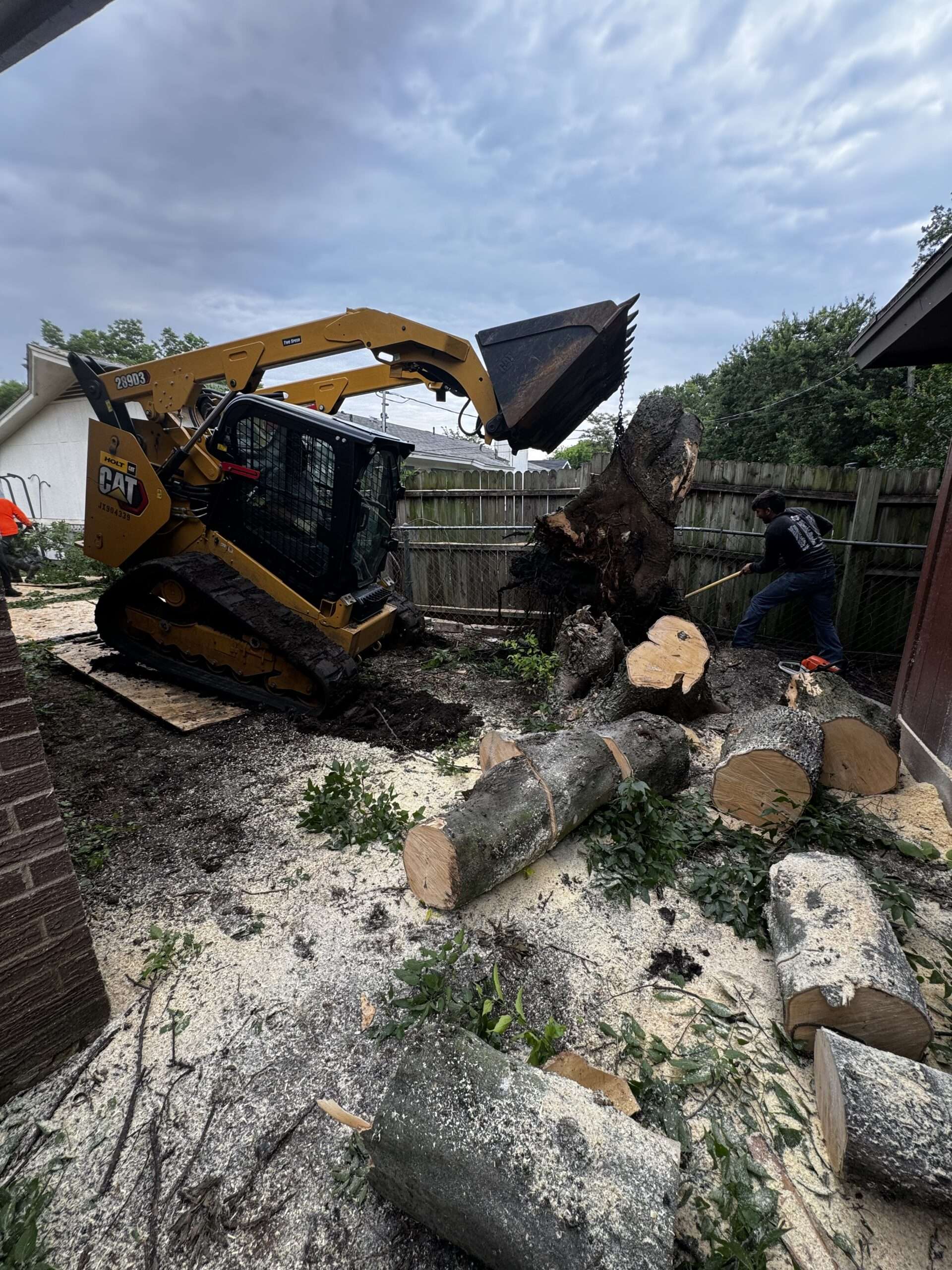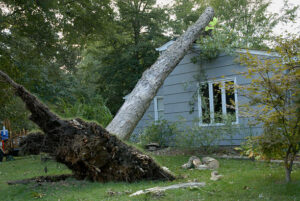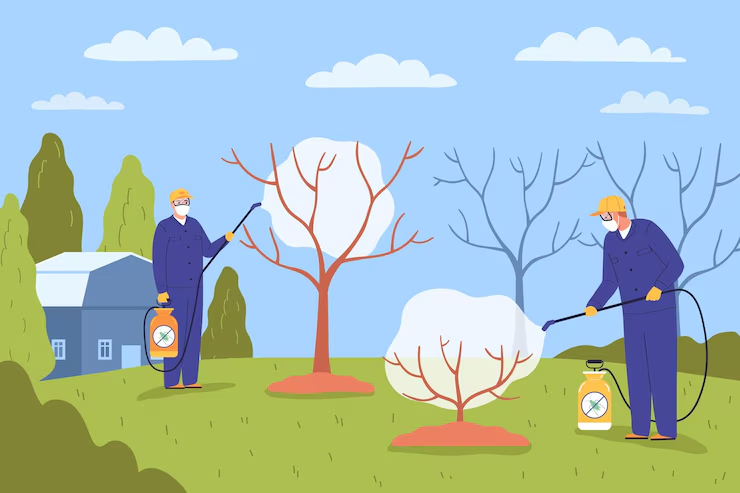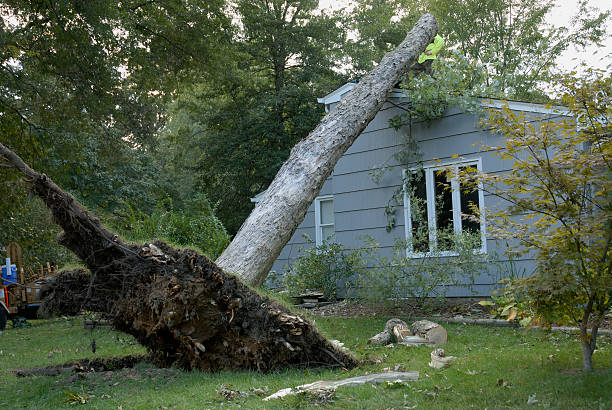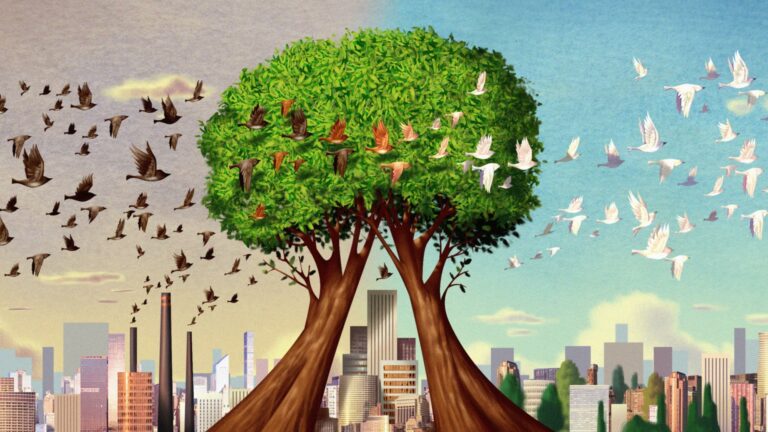What is the Role of a Tree Risk Assessment Specialist?
If you’re concerned about the health and safety of trees on your property, then hiring a tree risk assessment specialist should be on your radar. Whether you’re a homeowner, property manager, or developer, understanding what a tree risk assessment specialist does is key to preventing potential tree-related disasters. In this article, we’ll break down exactly what this role involves, why it’s important, and how it can benefit your property and the environment.
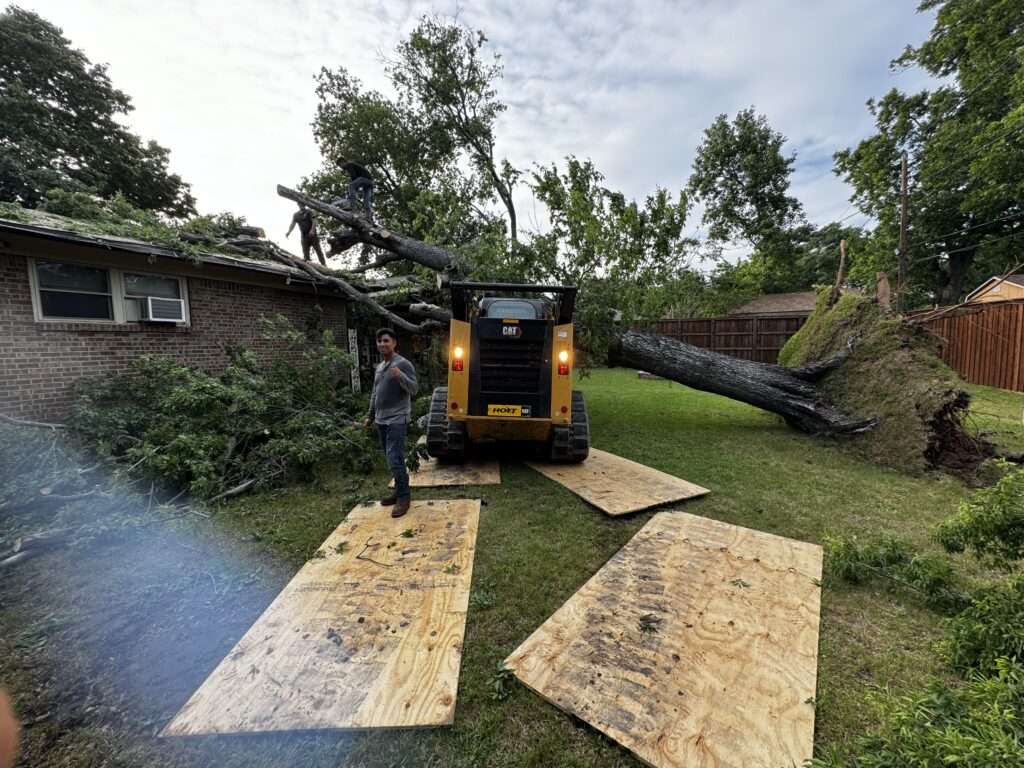
What Does a Tree Risk Assessment Specialist Do?
A tree risk assessment specialist is an expert who evaluates the safety, health, and potential risks of trees. Their main job is to identify hazards that could lead to tree failure, such as falling branches or toppling trees, which might cause damage to property or, worse, injure someone. These specialists assess trees using well-established methods, ensuring that trees are not only safe but also healthy.
Key Responsibilities of a Tree Risk Assessment Specialist
1. Hazard Identification
This is the first and most critical step. A tree risk assessment specialist will:
- Look for signs of decay or rot in the tree.
- Inspect for structural issues such as cracks, deadwood, and leaning.
- Evaluate the root system to determine if it’s compromised by diseases or environmental factors.
- Identify any potential risks to people, buildings, power lines, or vehicles.
2. Tree Health Evaluation
Ensuring the health of a tree is just as important as checking its stability. The specialist will:
- Examine the tree for any signs of disease, pest infestations, or stress caused by environmental factors.
- Recommend treatments like pruning, fertilization, or pest management to ensure the tree remains healthy.
3. Site Analysis
A tree risk assessment doesn’t just stop at the tree itself. The specialist will:
- Assess the surrounding environment, including soil conditions, drainage, and proximity to roads, power lines, or buildings.
- Analyze weather patterns that might impact the tree, like high winds, heavy rains, or drought conditions.
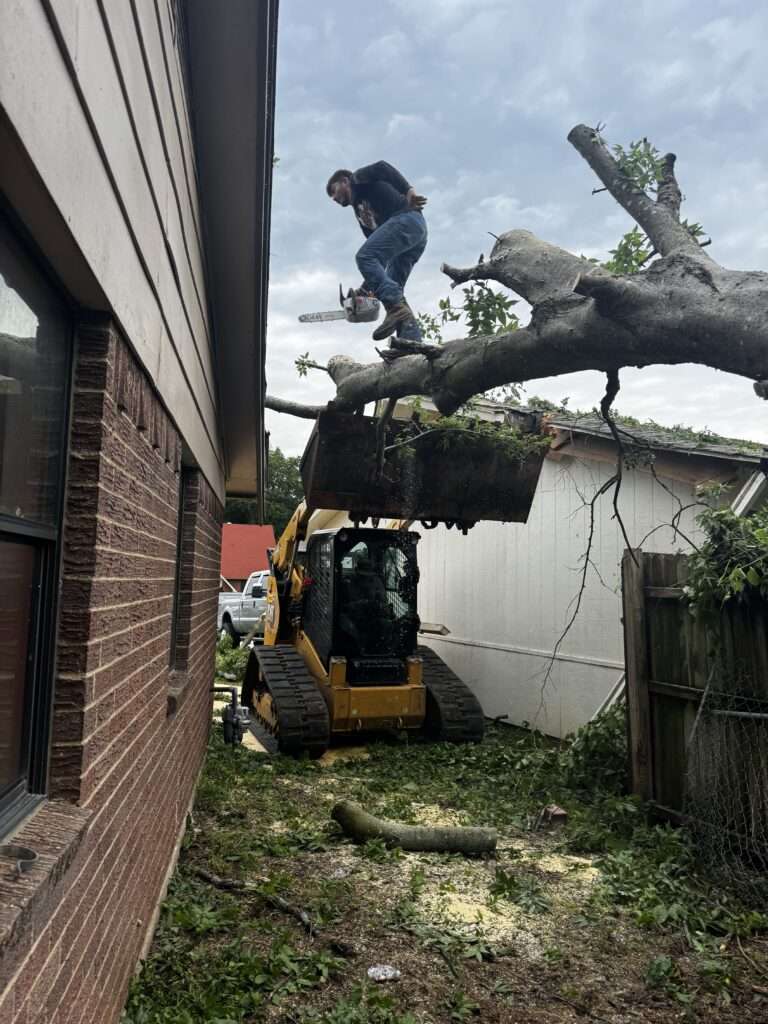
4. Risk Assessment & Documentation
Using professional risk assessment systems such as the International Society of Arboriculture (ISA) Tree Risk Assessment Qualification (TRAQ) system, the specialist will:
- Provide detailed reports that include risk ratings, from low to high, indicating the potential for tree failure.
- Suggest mitigation strategies, such as pruning or cabling, to reduce the risk.
5. Mitigation Strategies
If risks are identified, the specialist will:
- Recommend immediate solutions like pruning or cabling to reinforce weak branches or trunks.
- In extreme cases, suggest tree removal to eliminate the risk entirely.
- Provide long-term management plans to monitor the tree and reduce future risks.
6. Legal & Safety Compliance
A tree risk assessment specialist helps property owners meet legal and safety standards by:
- Ensuring trees are in compliance with local safety regulations and municipal codes.
- Assisting in legal cases where tree-related accidents have occurred, ensuring all proper precautions were followed.
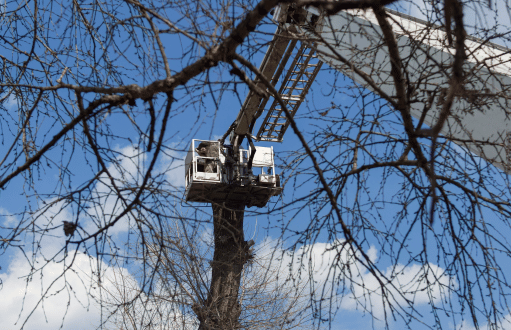
Why is Tree Risk Assessment Important?
You may be wondering why it’s necessary to have a specialist perform a tree risk assessment. Well, the truth is, trees—though beneficial to the environment—can pose significant risks if not properly maintained. Here’s why these assessments are vital:
- Preventing Accidents: Falling branches or trees can cause severe damage to property or even injuries. A tree risk assessment helps prevent these situations.
- Protecting Property: Tree-related damage to homes, cars, or infrastructure can be costly. Early detection of potential hazards reduces the chance of such damages.
- Maintaining Tree Health: Regular assessments ensure that your trees stay healthy, adding aesthetic value and providing shade.
- Reducing Liability: If a tree falls and causes damage or injury, you could be held responsible. A tree risk assessment reduces your liability by ensuring that all potential risks are addressed.
- Preserving Green Spaces: By assessing and caring for trees, we ensure that urban areas maintain their green canopies, helping with pollution control and overall environmental health.
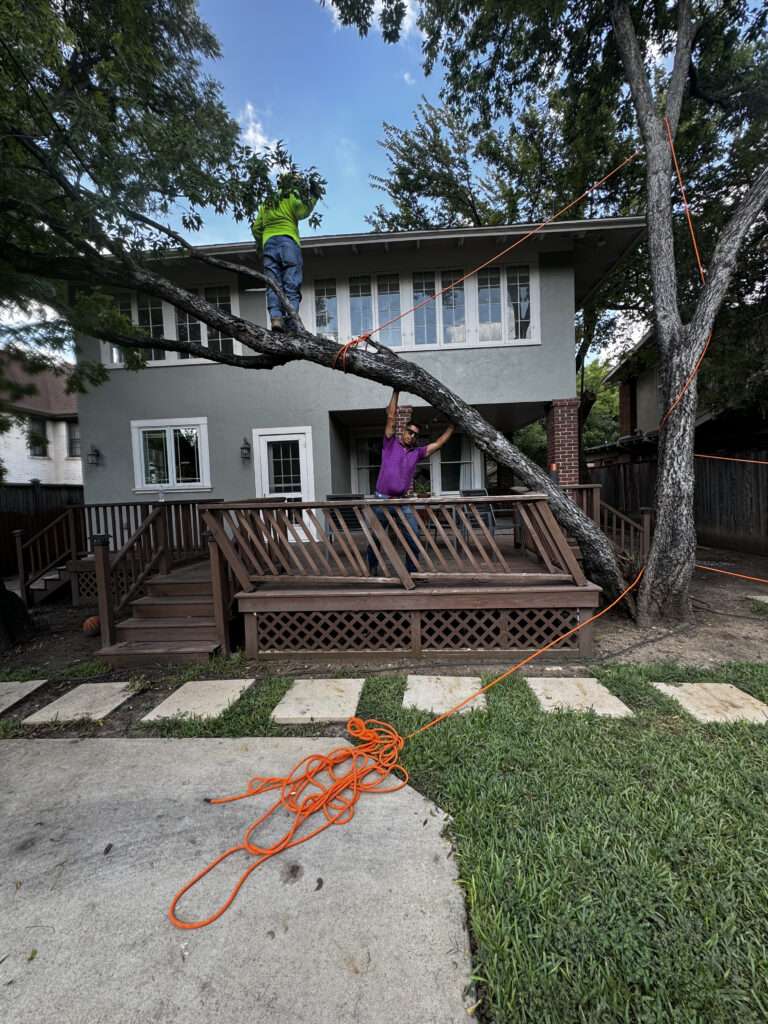
Who Needs a Tree Risk Assessment?
Not everyone needs a tree risk assessment specialist at all times, but certain individuals or groups should definitely consider it:
1. Homeowners
If you have trees on your property, especially near structures, you should consider a tree risk assessment. Tree failure could cause expensive damage or injuries.
2. Property Managers
For commercial landscapes, risk assessments are essential in ensuring safety and tree health.
3. Municipalities
Local governments managing public parks or street trees need to regularly assess tree risks to maintain safety and ensure the public’s well-being.
4. Developers
If you’re planning construction near existing trees, a tree risk assessment can help prevent damage during the building process.
5. Insurance Companies
These specialists are crucial for insurance companies assessing liability risks, helping to determine the level of risk that certain trees pose.
How Does a Tree Risk Assessment Work?
A tree risk assessment typically follows a systematic process, beginning with a thorough inspection of the tree’s condition. The specialist will:
- Examine the tree for structural issues like cracks, decay, or leaning.
- Assess the surrounding environment for factors like soil health, drainage, and proximity to structures.
- Identify and document any risks using standardized rating systems like the ISA TRAQ system.
- Create a report detailing the findings, including recommendations for mitigation or further action.
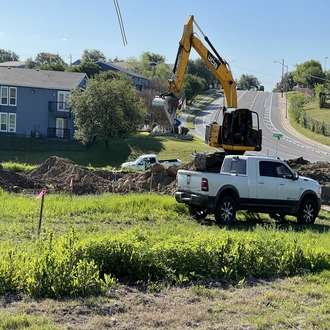
Tree Risk Assessment Methodology
A proper tree risk assessment methodology involves several steps to ensure that all potential hazards are addressed:
- Tree Inspection Techniques: This includes looking at the tree from top to bottom, checking branches, the trunk, and the roots for potential problems.
- Risk Rating Systems: Risk is typically rated on a scale that considers both the likelihood of failure and the potential consequences.
- Tools and Equipment: Arborists often use specialized tools like bore scopes, resistographs, or aerial inspections to get a clearer view of the tree’s health and structural integrity.
FAQs About Tree Risk Assessment
1. What qualifications should a tree risk assessment specialist have?
Look for specialists with certifications like the ISA Tree Risk Assessment Qualification (TRAQ) and experience in arboriculture. These qualifications ensure they have the necessary knowledge to evaluate tree health and safety effectively.
2. How much does a tree risk assessment cost?
The cost can vary depending on the size and location of the tree, as well as the complexity of the assessment. On average, a professional assessment can cost between $100 and $500 per tree.
3. How often should I have a tree risk assessment done?
It’s recommended to have a tree risk assessment at least once a year, especially if your trees are mature or located near structures. If there’s been a recent storm or significant weather event, an immediate assessment is recommended.
4. Can I do a tree risk assessment myself?
While you can check for obvious signs of damage like leaning or dead branches, professional assessment is always better. Experts use specialized equipment and techniques to thoroughly inspect trees for potential risks.
5. Why should I trust a tree risk assessment specialist?
These specialists bring in-depth knowledge of arboriculture, and their expertise ensures that all potential hazards are identified and addressed to avoid accidents, injuries, or property damage.
Conclusion
The role of a tree risk assessment specialist is crucial for ensuring the safety of trees, preventing costly damage, and preserving tree health. Whether you’re a homeowner, property manager, or insurance company, understanding tree risk assessment and working with a qualified specialist can save you a lot of trouble. They help identify risks, assess tree health, and create mitigation plans that protect your property and everyone around it.
For expert tree risk assessment services, consider working with certified arborists who bring knowledge, experience, and the right tools to the table. Remember, regular assessments can help keep your property safe and your trees thriving for years to come.

